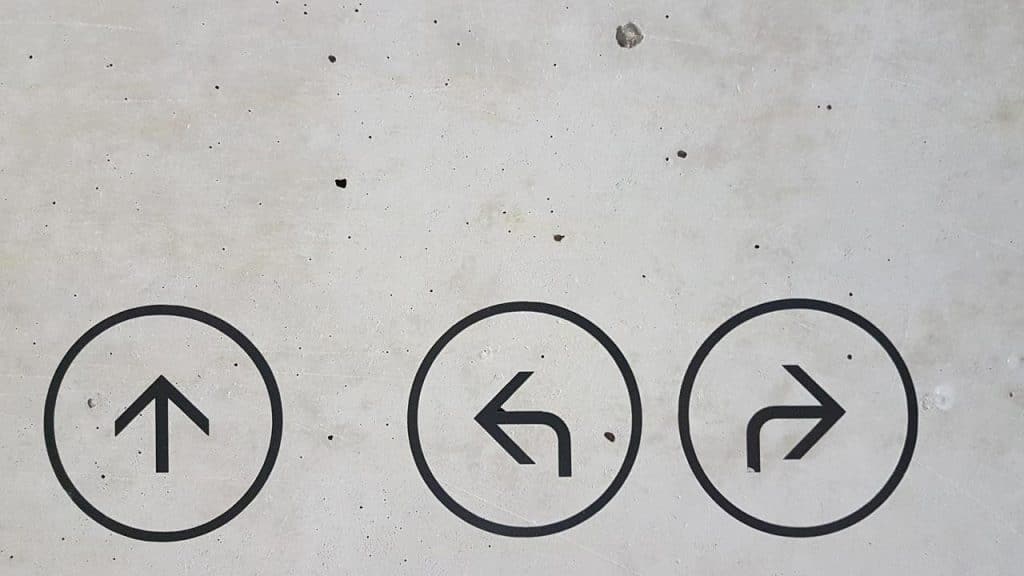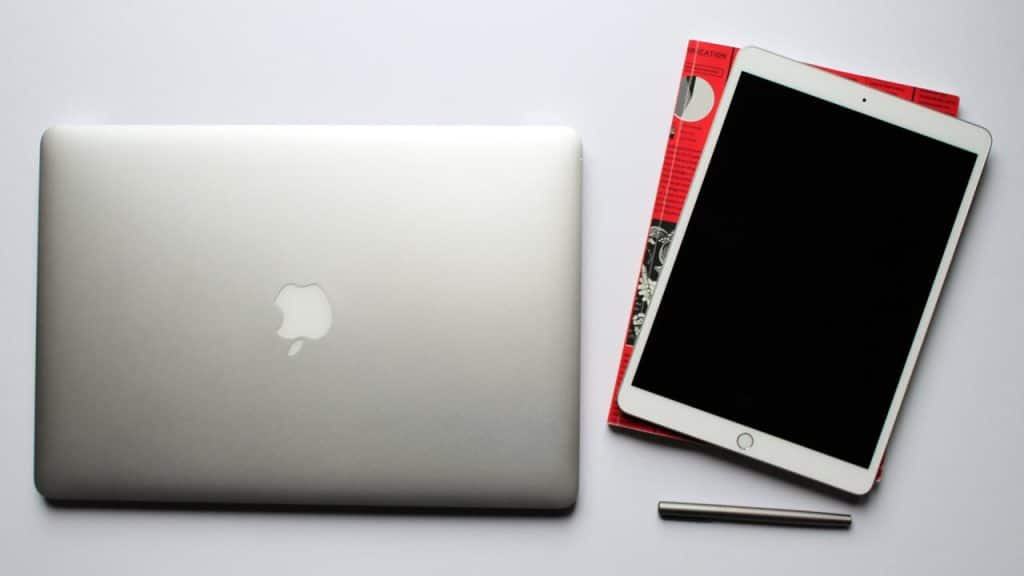So you’ve decided to take the leap and become part of the Bitcoin community. You may have come into possession of some prized cryptocurrency. Your next question is probably along the lines of how to store bitcoin.
The last thing you’d want is to lose your precious currency, so you must find the best way to protect them. But, this can be a confusing and tricky task. You may not know how to store the coins or be lost in all available options.
You have to choose the option that fits you best. Those wanting to make use of bitcoin on a day-to-day basis might need a more convenient and accessible way of storing their cryptocurrency. At the same time, those who want to save it in a more long-term way will take a different route.
The key to making the best decision for you is understanding as much as possible about how to store bitcoin. We take you through the ins and outs of storing your digital currency and help you find the best solution to suit your plans.

Why Is Cryptocurrency Storage Important?
Since the currency is all digital and thus does not exist in a physical form, they need to be protected. Knowing about cryptocurrency and its storage options is important because some are more dangerous than others. For example, some cryptocurrency exchanges offer storage services, but these are often more likely to be targeted by hackers.
Furthermore, the way you store your cryptocurrency has some effects on the way you use your funds. Some methods make it more difficult to use funds daily, while other storage options are mobile, on the go, and quick and easy to use.
In other words, cryptocurrency storage is important not only for the safety and security of your existing assets but also for your use.
How To Store Bitcoin: Wallet Options
When it comes to how to store bitcoin, the most popular route to take is the wallet option. However, simply saying “the wallet option” is a bit of an oversimplification since there are a few different wallets you can choose from.
What Is A Wallet?
The concept of the wallet can be confusing on its own. So before getting into the options, let’s quickly touch on what it is. While you may be picturing an online system that keeps each bitcoin in a safe space – like something similar to a normal wallet – that’s not exactly what it is.
Your cryptocurrency funds are attached to your public and private keys. The public key is the one everyone can see, and other users make use of it when transferring funds to you. The private key is the one nobody can see, and you use it to transfer funds from you to another user.
The wallet stores your keys rather than your actual funds. This is because your private key is safe, and so are your funds. In addition, the wallet can function like online banking. It functions like a site where you can review your funds or buy and sell things. However, your actual funds are not physically stored there.
A final idea to keep in mind regarding how to store bitcoin is the difference between hot and cold storage. A hot wallet is connected to the internet, whereas a cold wallet is completely offline. The difference between the two has security implications, as you will see in the descriptions of the different wallets below.
1. Desktop Wallet

The desktop wallet is an example of a “cold storage” form of how to store bitcoin. It is essentially software that you install on your laptop or computer. These wallets can only be accessed through the private machine you have installed the software onto and with your security keys. This offers some security advantages.
Your potential to be hacked is lower because of the lack of connection between your wallet and the internet. Of course, there is still a possibility that you may be hacked through malware, but the chances are less than if you used online storage.
2. Mobile Wallet
Similar to a desktop wallet, a mobile wallet is the software you download. However, in this case, the software is installed onto your smartphone and runs like an app. This option is better for those who will be using bitcoin on a more day-to-day basis, but it is known to be prone to hacking.
Usually, the software of a mobile wallet is much smaller and simpler than a desktop wallet.
3. Hardware Wallet
Some say that this is the most secure way to store your bitcoins. The wallet is an external piece of hardware like a USB or external hard drive that you can carry around. This means that the USB stores your keys rather than having them on a machine (which is more likely to be stolen or attacked by malware). The hardware is usually encrypted too.
These devices also have no links to your identity or personal information, so you have increased anonymity.
4. Paper Wallet
You may need a deeper understanding of cryptocurrency for this one. However, if you are comfortable with the intricacies of digital currencies, it will be great for you since it is a relatively safe way of storing coins. A paper wallet is usually a physical copy or print of your public and private keys.
There are various websites dedicated to generating paper wallets. They are convenient because they can be stored easily and offer high anonymity.
5. Web Wallet
Web Wallets keep your keys on a server. This means it’s online and controlled by a third party. This service has various options, and some offer to link the wallet to mobile and desktop applications. You can gain access to your wallet using any device connected to the internet.
This storage solution is a bit dangerous because if it lacks protection, the organisation you store your funds through may be able to acquire your key information.

How To Store Bitcoin: Other Options
While wallets may be the more popular option for storing bitcoin, it’s best not to forget that there are other routes you can take too. Ultimately, it’s all about what you think is best for you and your funds.
1. Exchange
The exchange option is a variation of the web wallet. The specific exchange you are trading at may offer to store your funds in an account. However, this is probably one of the most dangerous options for storing bitcoin.
The specific exchange organisation will have control over the funds in your account or web wallet. Since they control several accounts, they are prone to be hacked or victims of fraud and theft.
2. Custodian Solutions
Cryptocurrency custodian solutions seem to be increasingly popular. This option is a storage and security system that holds massive amounts of cryptocurrency offered by a third party. Commonly they offer combinations of hot and cold storage options.
However, their services mainly aim at larger investors, like big institutions. There are some options for the individual investor, though.
3. Physical Coins
More recently, the service to purchase physical coins has become available via various organisations. When you buy the physical coin, it comes with a tamper-proof sticker that covers a predetermined amount of the cryptocurrency.
In other words, the coin will have a preloaded, unchangeable amount attached to it. The funds linked to the physical coin cannot be used without unveiling the private key, which is hidden in a seal on the coin that is tamper-proof or will show that it has been tampered with.
To buy it, you have to pay a bit more than the actual value of the amount of bitcoin you’re interested in. This covers the associated manufacturing and delivery costs.
These are useful for safety reasons and may also come in handy if you want to trade offline. The issue with this option is that because bitcoin is not legal everywhere, the country you’re in may consider a physical bitcoin counterfeit. Therefore, this may be a rather risky way to store bitcoin.
Be Sure Your Storage Solution Is Best For You
As you can see, there are many answers to the question of how to store bitcoin. While some may prefer cold storage, others may want a hot wallet. It all depends on how you want to use your cryptocurrency and what the storage option will play in your daily life.
When you’re making your decision about how to store bitcoin, remember to keep a few things in mind. Take into account the security implications and the convenience and accessibility of each, and you’ll be good to go.

















